Fun fact to begin with:
Did you know that when a child is diagnosed with myopia (nearsightedness), their eye is actually longer than it should be? It’s like their eyeball has stretched just enough to blur faraway things like the board in school or road signs!
And here’s something even more important: Myopia in children is on the rise. Experts are calling it a “myopia epidemic”. But the good news? You, as a parent, can do a lot to slow it down.
In this article, let’s explore the latest treatment options for myopia, from smart glasses and eye drops to fun lifestyle tweaks. All in simple terms, and with your child’s comfort and future in mind.
What Exactly Is Myopia?
Myopia (or nearsightedness) means your child can see things up close clearly (like a book or screen), but things far away look blurry.
It’s caused when the eyeball grows too long, or the cornea (the front part of the eye) is too curved. This causes light entering the eye to focus in front of the retina instead of on it.
Children usually start showing signs of myopia between the ages 6 and 14. It often worsens as they grow and stabilises in the late teens or early twenties.
Why Myopia Is More Than Just Needing Glasses
Mild myopia is usually manageable with glasses or contact lenses. But when it keeps progressing, it increases the risk of serious eye problems later in life, including:
- Retinal detachment
- Glaucoma
- Cataracts
- Macular degeneration
That’s why newer treatments now focus not just on correcting vision, but on slowing down the progression of myopia itself.
The Warning Signs of Myopia in Kids
As a parent, watch out for these signs:
- Sitting too close to the TV
- Squinting to see the board in school
- Complaining of headaches or eye strain
- Poor performance in sports or outdoor play
- Rubbing eyes or blinking frequently
- Holding books or devices very close to the face
If your child shows any of these symptoms, book an eye check-up with a pediatric optometrist or ophthalmologist.
Latest Treatment Options for Myopia in Children
Let’s take a look at what’s now available to help manage and control myopia in kids.
1. Glasses with Myopia Control Lenses
These are not ordinary glasses. They look just like regular specs, but the lenses are specially designed to slow down eye growth.
Types of lenses include:
- DIMS lenses (Defocus Incorporated Multiple Segments): These have tiny “zones” built into them that help guide proper eye growth.
- H.A.L.T. (Highly Aspherical Lenslet Technology): Used in newer myopia control lenses, offering a higher degree of control over progression.
How effective are they?
Studies show these lenses can slow down myopia progression by 50–60%.
Good to know: They are completely safe, easy to wear, and suitable for children as young as 6 years.
2. Low-Dose Atropine Eye Drops
Atropine is a medicated eye drop that, in very low doses (typically 0.01%), has been shown to slow myopia progression without affecting near vision or pupil size.
How is it used?
One drop in each eye at bedtime. Long-term use (2–3 years) is usually recommended for best results.
Is it safe?
Yes: low-dose atropine has minimal side effects. It’s especially helpful when combined with glasses.
Drawback: These drops are prescription-only, and regular monitoring is needed. In India, some cities may require ordering from specific pharmacies or through your eye doctor.
3. Ortho-K Lenses (Orthokeratology)
These are special hard contact lenses worn overnight. They gently reshape the cornea while your child sleeps, providing clear vision during the day without glasses or contacts.
Bonus: They also slow down eye elongation, making them both corrective and preventive.
Caution: Not suitable for every child. Ortho-K requires:
- A clean bedtime routine
- Strict hygiene
- Regular follow-up with the eye doctor
It may not be widely available in all Indian cities yet, but it is gaining popularity in metro areas.
4. Multifocal Contact Lenses
These lenses offer multiple prescription zones in one lens correcting distance vision while also sending “defocus” signals to the eye to help slow growth.
Pros:
- Ideal for active kids who don’t like glasses
- Offer freedom during sports or outdoor play
Cons:
- Require motivation and good hygiene habits
- Cost may be slightly higher than regular lenses
Talk to your eye doctor to see if your child is ready for contact lens use.
5. Outdoor Time: Nature’s Free Medicine
This might surprise you: Spending more time outdoors (at least 90–120 minutes a day) can help prevent or slow down myopia.
Why? Natural light and focusing on distant objects outdoors reduce eye strain and discourage the eye from elongating.
Tip for parents:
Encourage outdoor play, walking, and even studying on the balcony or terrace in natural daylight. Limit screen time during the day, especially on phones and tablets.
Daily Habits to Support Vision Health
Even with medical treatments, everyday habits play a big role in managing myopia.
- Follow the 20-20-20 rule: After every 20 minutes of close-up work (like reading or screen time), look at something 20 feet away for at least 20 seconds.
- Maintain a reading distance: Books, tablets, and notebooks should be held at least 30–35 cm from the eyes.
- Create a well-lit environment: Make sure your child studies or reads in a bright space, dim light can strain the eyes.
- Limit unnecessary screen time: Especially in the evenings before bedtime.
When Should You Start Treatment?
The earlier, the better.
If your child is diagnosed with myopia, especially before age 10, it’s a good idea to consider a myopia control treatment plan.
Your child’s eye doctor will likely recommend:
- A detailed eye exam every 6–12 months
- Regular measurements of eye growth
- Tailored treatment based on age, lifestyle, and risk factors
In Conclusion
Your child’s nearsightedness doesn’t have to mean a lifetime of stronger and stronger glasses. Thanks to science and innovation, we now have several ways to slow down the progression of myopia, keeping their eyes healthier for longer.
From special lenses and drops to simply playing outdoors, the tools are within reach. All they need is your awareness and support.
So let’s work together to make sure your little one sees the world clearly, not just today, but for many bright tomorrows.
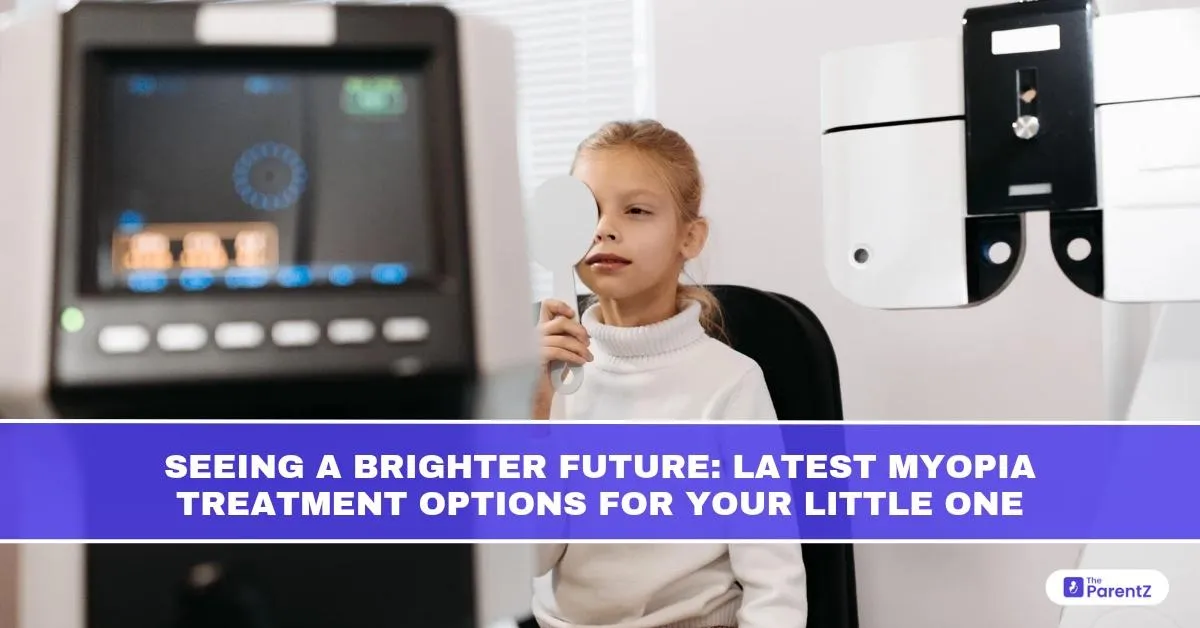


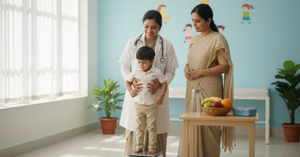
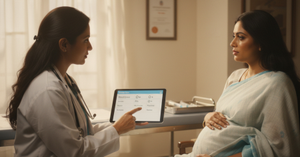
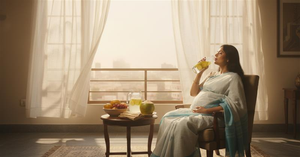
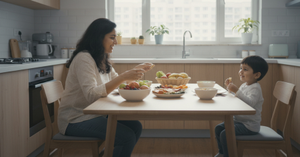
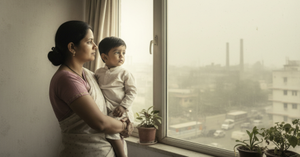
Be the first one to comment on this story.